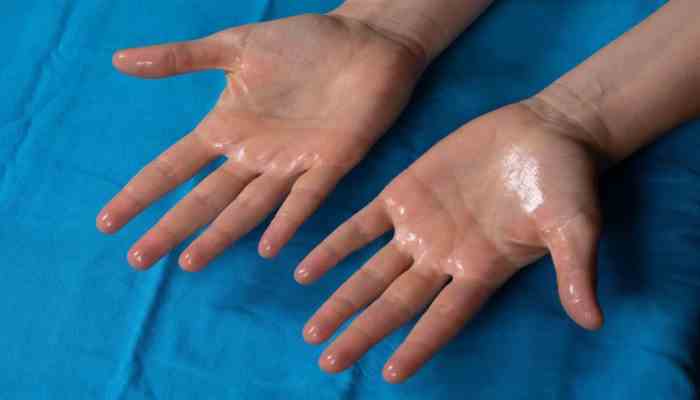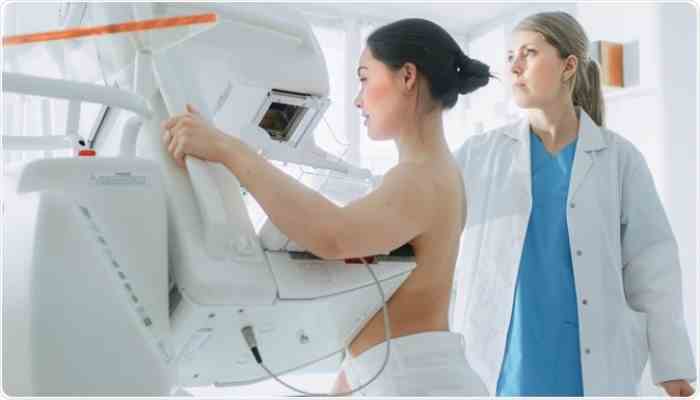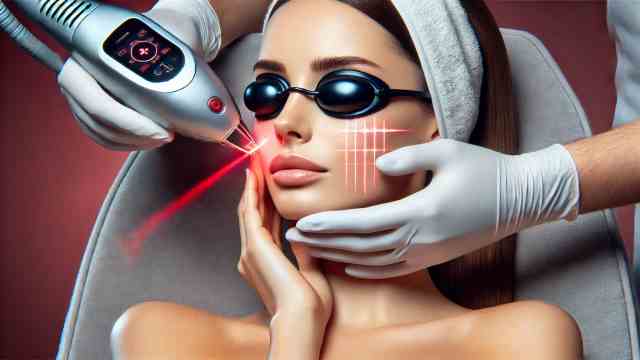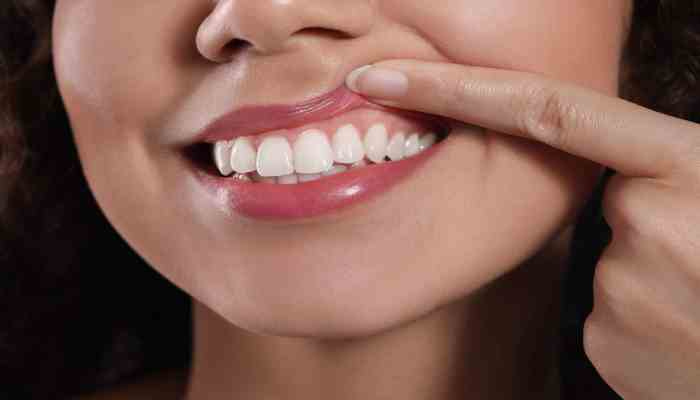Breaking the Sweat Barrier: How Modern Technology is Revolutionizing Hyperhidrosis Treatment in Singapore
Hyperhidrosis, or excessive sweating, is a condition that affects millions of people around the world. For years, those suffering from this condition had limited treatment options. However, with recent advancements in medical technology, new treatments are changing the game. As such, the days of struggling with sweaty palms, underarms, and clothes that never stay dry are over.
In this article, we will explore how modern technology is revolutionizing the way hyperhidrosis is treated. From innovative non-invasive procedures to cutting-edge devices, we will dive into the different types of hyperhidrosis treatment in Singapore that are helping people “break the sweat barrier” and reclaim their confidence.
What is hyperhidrosis and why does it happen?
Before we take a look at the treatments, let us quickly review what hyperhidrosis is. Hyperhidrosis is characterized by excessive sweating that occurs without the typical triggers, like exercise or heat. It can affect various parts of the body, including the armpits, hands, feet, and face. It is a condition that can be classified as either primary or secondary. Primary hyperhidrosis occurs on its own, without any underlying medical condition, and is often localized to specific areas, such as the hands or underarms. Secondary hyperhidrosis, on the other hand, is typically caused by other medical conditions such as diabetes, obesity, menopause, or hyperthyroidism. It often results in more widespread sweating across the entire body.
For those with primary hyperhidrosis, the condition is typically caused by overactive sweat glands. These sweat glands are regulated by the sympathetic nervous system, which controls sweat production. When this system is triggered, it sends signals to the sweat glands, causing them to produce more sweat than necessary.
The condition is more than just a physical nuisance – it can also impact mental health, leading to anxiety, social withdrawal, and decreased self-esteem. For many, the emotional toll can be just as challenging as the physical symptoms.
The traditional approach
In the past, individuals with hyperhidrosis had a limited set of treatment options to try to manage the condition. These included:
- Topical antiperspirants: Prescription-strength antiperspirants containing aluminum chloride were often used to block sweat glands. While effective for some, these could be messy, irritating, and not always long-lasting.
- Medications: Oral medications known as anticholinergics could reduce sweating by blocking the chemical signals responsible for stimulating sweat glands. However, they often came with unpleasant side effects such as dry mouth, blurred vision, and heart palpitations.
- Iontophoresis: This treatment uses a mild electrical current to temporarily block sweat glands. It requires regular sessions, and many patients find it uncomfortable.
- Botox injection: Botox (botulinum toxin) works by blocking the nerve signals that trigger sweating. Although effective, it is a temporary solution that requires repeat injections every few months, and can be costly.
While these treatments can work for some, they do not offer a permanent solution and often come with significant downsides. That is where modern technology comes in.
Revolutionizing hyperhidrosis treatment through high-tech solutions
Recent innovations in the treatment of hyperhidrosis have focused on providing more effective, long-lasting solutions with fewer side effects. These treatments rely on sophisticated technology, ranging from minimally invasive procedures to non-invasive methods that can be done in a doctor’s office.
MiraDry
One of the most exciting technological advancements in hyperhidrosis treatment is MiraDry. MiraDry uses targeted microwave energy to permanently destroy sweat glands in the underarm area. The process is relatively simple and involves applying the microwave energy to the skin, where it heats up and eliminates the sweat glands responsible for the excessive perspiration.
The treatment is non-invasive, meaning there are no cuts or incisions involved. It is performed in a doctor’s office, usually with local anesthesia to ensure that patients are comfortable throughout the procedure. Best of all, MiraDry offers lasting results after just one or two treatments, making it a highly effective solution for those with underarm hyperhidrosis.
MiraDry is also incredibly safe, as the procedure is designed to target sweat glands while leaving the surrounding tissue unharmed. Additionally, patients can see immediate results, with many noticing a significant reduction in sweat production after just a few days. Some mild swelling and discomfort are common after the treatment, but most patients report minimal downtime and a quick return to daily activities.
Sweat-controlled iontophoresis devices
Iontophoresis has been around for years as a treatment for hyperhidrosis, but new innovations in technology have made this treatment more accessible and effective for home use. Companies like Drionic and Hydrosystem have developed portable iontophoresis devices that can be used in the comfort of your own home. These devices use a mild electrical current to block sweat production temporarily. They are especially effective for treating excessive sweating in the hands and feet.
What makes modern iontophoresis devices more appealing is their portability and ease of use. Previously, patients would need to visit a clinic for iontophoresis treatments, but now, devices are small enough to be used at home for just 20 to 30 minutes a day. The results are cumulative, with consistent use leading to a significant reduction in sweating over time.
For young adults and busy professionals, this option is particularly convenient as it does not require major lifestyle changes or regular clinic visits.
Exosome therapy
Exosome therapy is a relatively new approach in the world of hyperhidrosis treatment, and while it is still in the experimental stages, it holds great promise for the future. Exosomes are tiny vesicles (or packets) released by cells that play a role in cellular communication. Researchers are currently studying how exosome therapy can be used to regulate sweat production by repairing or altering the sweat glands at the molecular level.
Though it is not widely available yet, early trials have shown promising results in reducing sweating and potentially offering a longer-term solution for hyperhidrosis. If these trials prove successful, exosome therapy could become a go-to treatment for those looking for a non-invasive, long-lasting cure for excessive sweating.
Thermistor-based treatments
Another innovative approach to hyperhidrosis in Singapore involves the use of thermistor-based cooling systems, such as Qbrexza. This system involves applying a medicated cloth to the skin to reduce the activity of the sweat glands.
The system works by applying the cloth to areas like the underarms, where excessive sweating is most common. It is an easy-to-use, non-invasive solution that can provide relief from sweating, especially for those who prefer not to undergo more invasive procedures. The effectiveness of this treatment varies from person to person, but many find it to be a useful option for managing the condition in between more intensive treatments.
Targeted sympathectomy
For patients with severe hyperhidrosis, sympathectomy might be considered. While it is a more invasive procedure, modern advancements in laparoscopic technology have made it a much less daunting option. Sympathectomy involves cutting or clamping certain nerves in the sympathetic nervous system that are responsible for triggering excessive sweating.
Thanks to improved surgical techniques, the procedure is minimally invasive, with smaller incisions and shorter recovery times than older methods. It is highly effective for individuals with excessive sweating in areas like the hands and face. However, it is generally reserved for people whose hyperhidrosis has not responded to other treatments.
Conclusion
Hyperhidrosis does not have to control your life. As technology continues to evolve, so, too, will the treatments for hyperhidrosis in Singapore. As time goes by, we may see more non-invasive options, faster recovery times, and even permanent solutions for those suffering from excessive sweating. The future of hyperhidrosis treatment is bright, offering hope to millions of people who have struggled with this often-embarrassing condition for years.
ICTS – Dr Aneez D.B Ahmed
38 Irrawaddy Road #10-38
Mount Elizabeth Novena Specialist Centre
Singapore 329563
https://www.icts.com.sg/
Phone: +65 6591 8801
Whatsapp: +65 8875 0389







